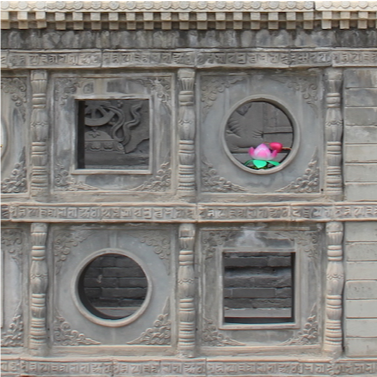Back to all modules
Asian Architecture on the Cultural Borders

This course focuses on the architecture in areas where different cultures meet. Often located in a region bordering different ethnic or religious groups, architectural traditions in these areas are often neglected in standard narratives in architectural history since they don’t fit squarely into any fully established historical categories, such as Chinese or Japanese. Many such areas also used to be independent kingdoms in history, for instance, the area known as Okinawa used to be the Kingdom of Ryukyu, which was only assimilated into the Japanese Empire in the late 19th century. Thus, the established categories in architectural history are product of recent and contemporary political situations and an understanding of the cultural borders can help to restore a more balanced view on architecture and global cultures. Such a course will contribute to the knowledge of global architecture not only by filling in the gaps among “major” cultures and traditions, but also because they can help to explain the formation and diversification of those more scholarly recognized traditions with their more well-known examples.
The proposed module (Module I) highlights the cultures along the ...
Loading Accordion Items...


